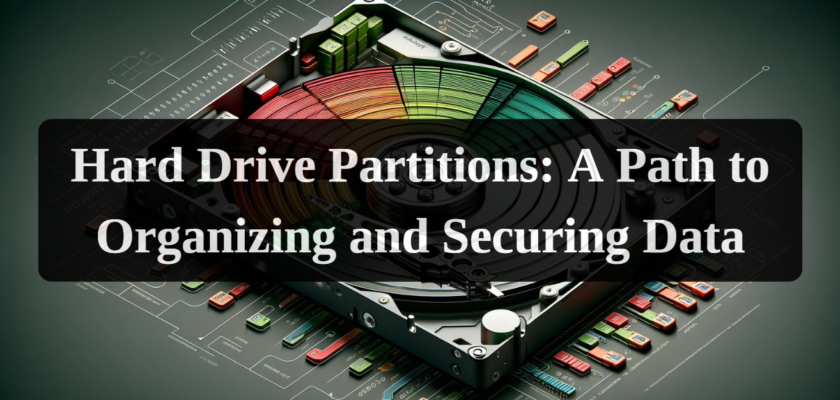Partitioning a hard drive is the process of dividing its physical storage into multiple separate sections, each functioning as an individual drive. This facilitates data management, simplifies backup processes, and enhances security, as issues in one partition usually do not affect others.
We will discuss the importance of hard drive partitioning, preparation for this process, choosing the right tool for partitioning, steps in the partitioning process, and managing partitions.
Why It’s Important to Partition a Hard Drive
Partitioning a hard drive ensures better data organization, simplifies backup processes, allows for dual-boot systems, and offers convenience in file management. It also eases operating system reinstallation and improves file access speed.
Preparing for Hard Drive Partitioning
Before partitioning a hard drive, it’s necessary to backup data, plan partition sizes, and choose an appropriate partitioning tool. It’s also important to familiarize oneself with partitioning options like primary, extended, and logical partitions, and to follow official guidelines and instructions.
Choosing a Partitioning Tool
There are various tools for disk partitioning, such as Disk Management in Windows, Disk Utility in macOS, and third-party programs like EaseUS Partition Master, Paragon Partition Manager, and Acronis Disk Director. The choice depends on the operating system and required features.
Hard Drive Partitioning Process
For partitioning in Windows, you can use the Disk Management tool, which allows you to shrink an existing partition and create a new one. This includes choosing the size of the new partition, assigning a drive letter, and formatting the partition.
For Windows (Example: Windows 11)
-
Creating Unallocated Space:
- Open Disk Management by entering “disk partitions” in the Windows search bar.
- Shrink the volume of an existing disk to create unallocated space.
-
Creating a New Disk from Unallocated Space:
- Right-click on the “Unallocated” area and select “New Simple Volume.”
- Follow the steps of the Simple Volume Wizard, choosing size, drive letter, and file system.
-
Increasing the Size of an Existing Disk:
- Delete another disk to create unallocated space.
- Right-click on the disk you want to extend and select “Extend Volume.”
For macOS
-
Adding a Partition:
- Open Disk Utility and select the volume in the sidebar.
- Click the “Partition” button on the toolbar.
- Enter a name and choose a file format for the new volume.
- Specify the size or use the size slider to decrease/increase the volume size.
- Click “Apply” and follow the instructions in the dialog box.
-
Deleting a Partition:
- In Disk Utility, select the volume and click “Partition.”
- In the dialog box, select the partition to be deleted and click the “Delete” button.
- Click “Done” after the process is completed.
Managing and Modifying Partitions
Managing hard drive partitions involves several key actions:
- Viewing Existing Partitions: Using disk management tools, users can view and analyze existing partitions.
- Resizing Partitions: Users can increase or decrease the sizes of partitions as needed.
- Creating New Partitions: Additional partitions can be created for better data organization or for specific purposes like multi-booting.
- Deleting or Merging Partitions: Partitions can be deleted if no longer needed. Two partitions can also be merged into one for increased available space.
- Formatting Partitions: Before using a new partition, it needs to be formatted.
Conclusion
Partitioning a hard drive eases file organization, improves backup processes, and allows for more flexible use of disk space. It’s important to remember the necessity of data backup before starting the partitioning process to prevent the loss of important information. Overall, hard drive partitioning is a powerful tool that can significantly enhance the performance and security of your system.

